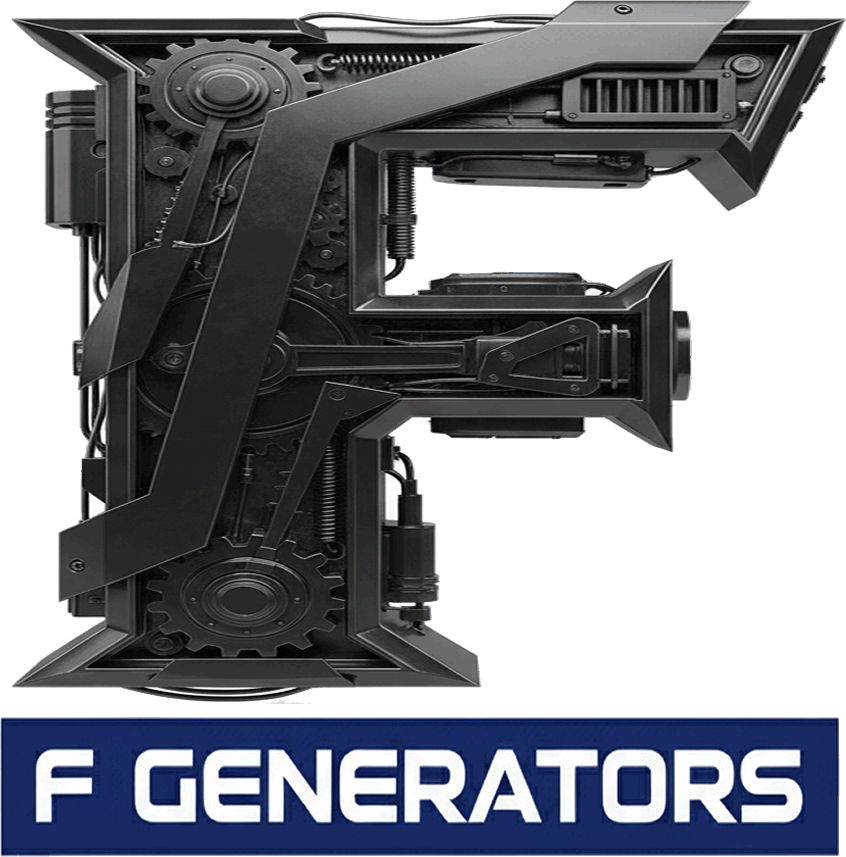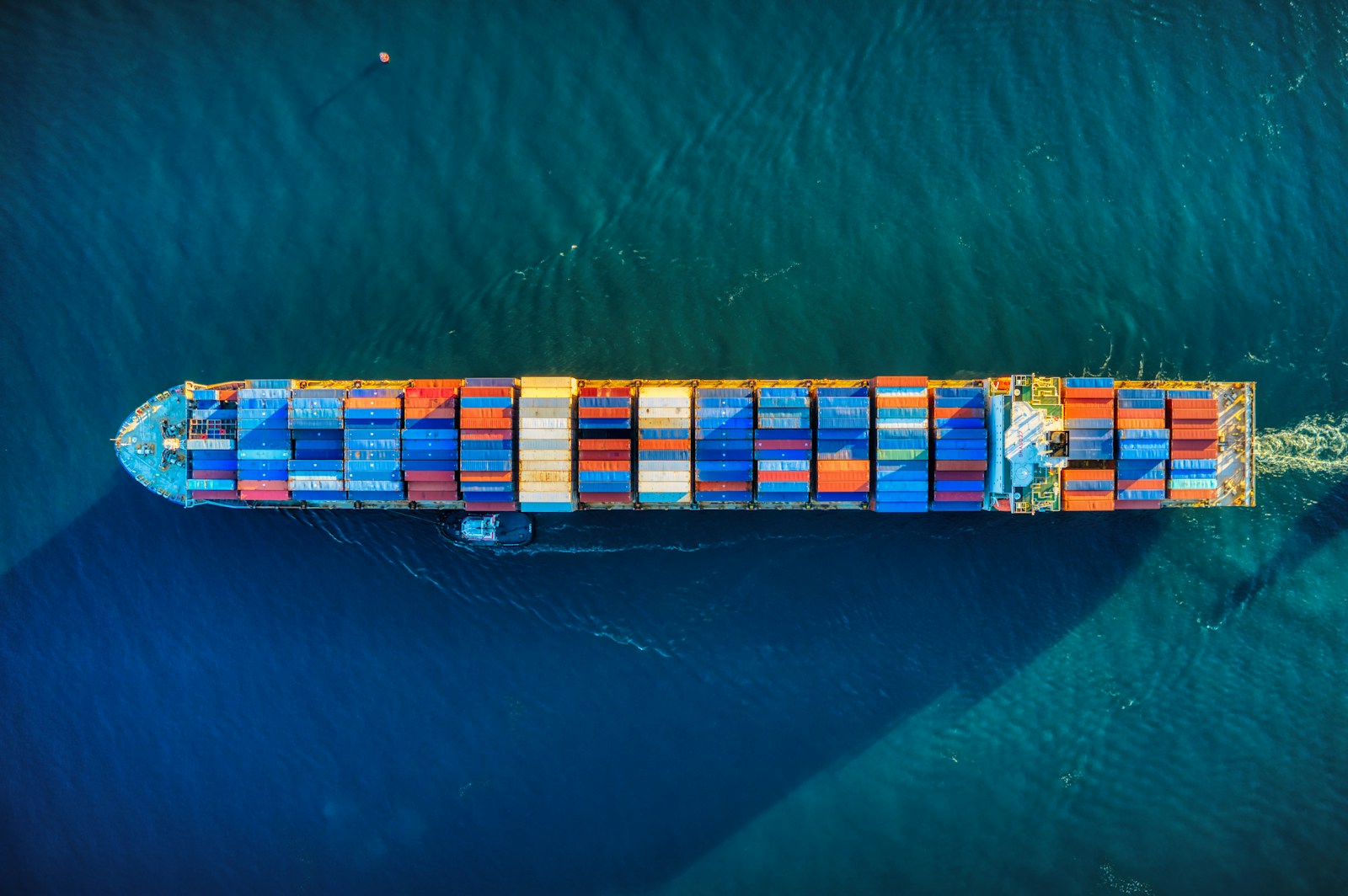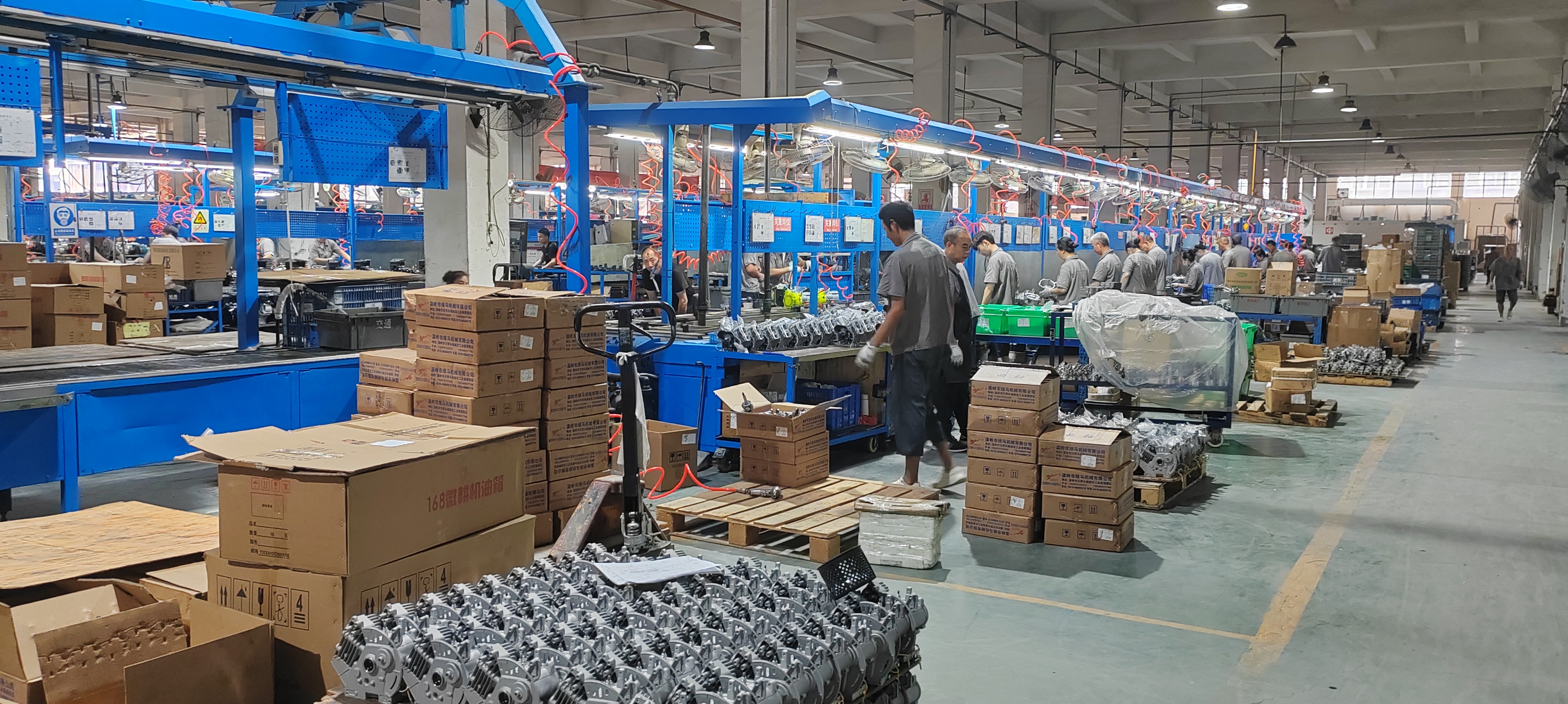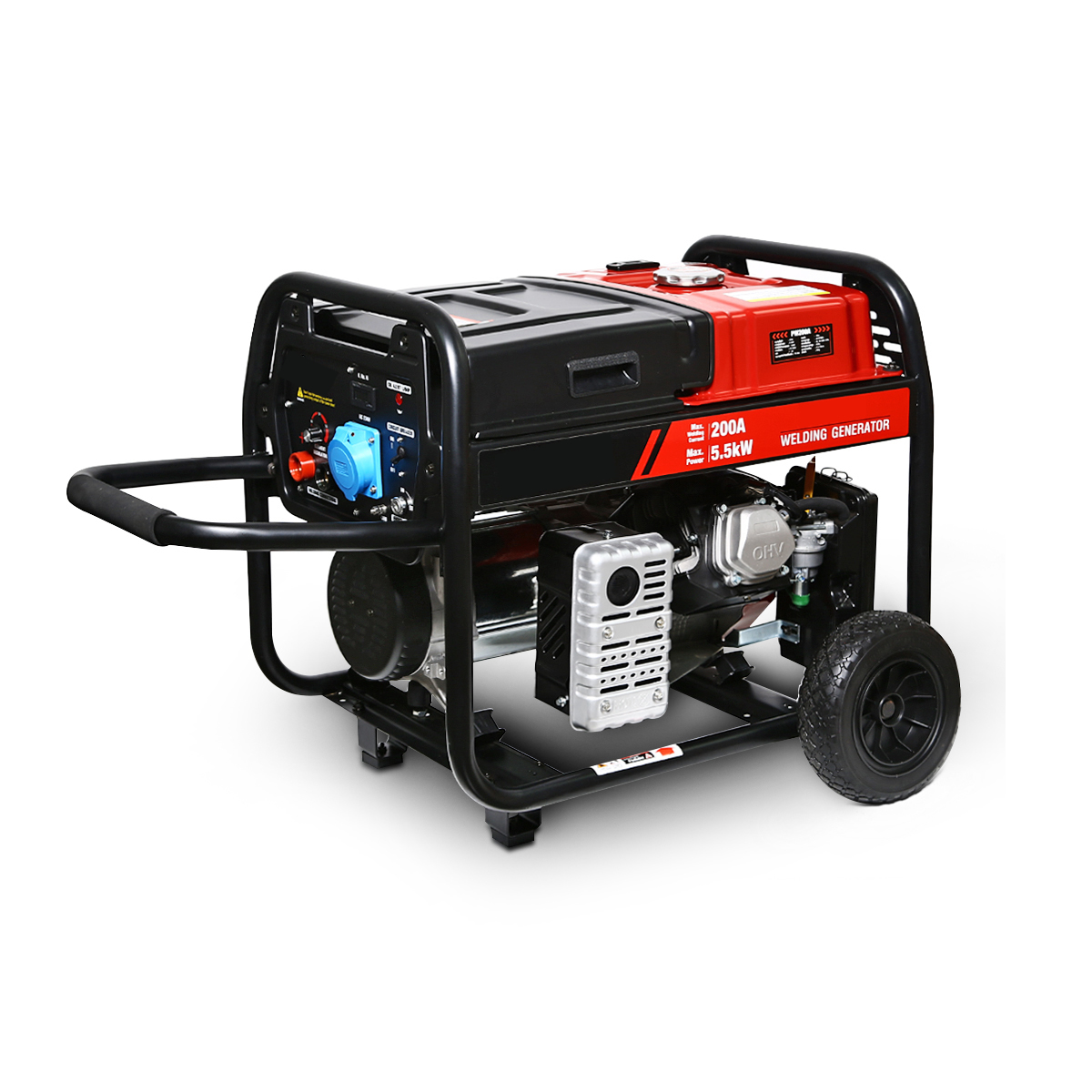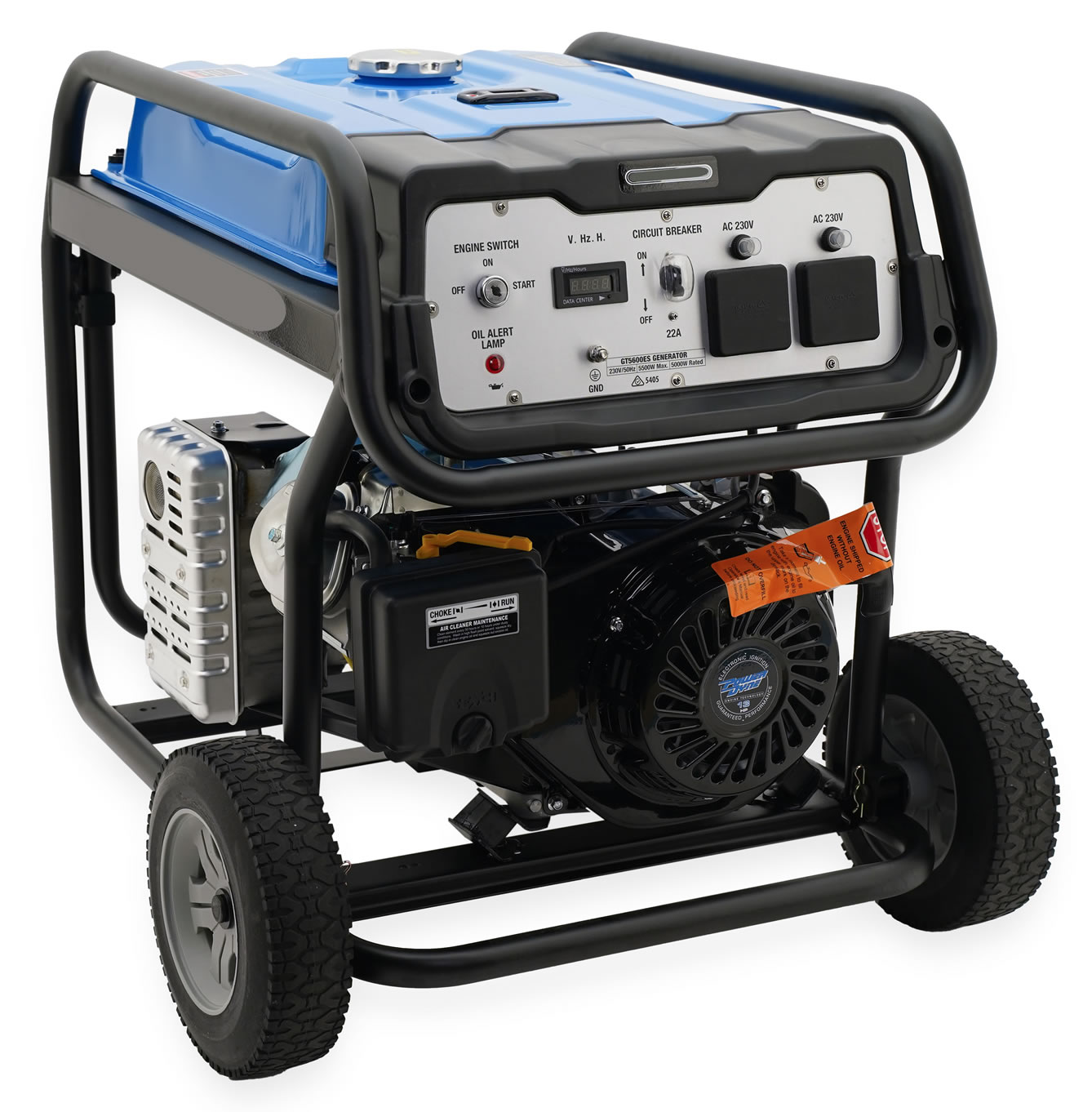There’s a feeling every generator importer knows intimately. It’s the knot in your stomach when that final freight invoice arrives, the one that looks mockingly different from the initial quote. It’s the cold reality of watching your carefully negotiated profit margins evaporate into a sea of surcharges, fees, and penalties. You can almost smell the diesel and ozone from a thousand generators you’ve sourced, feel their solid heft, and yet, the single heaviest thing you carry is the astronomical cost of simply getting them from there to here.
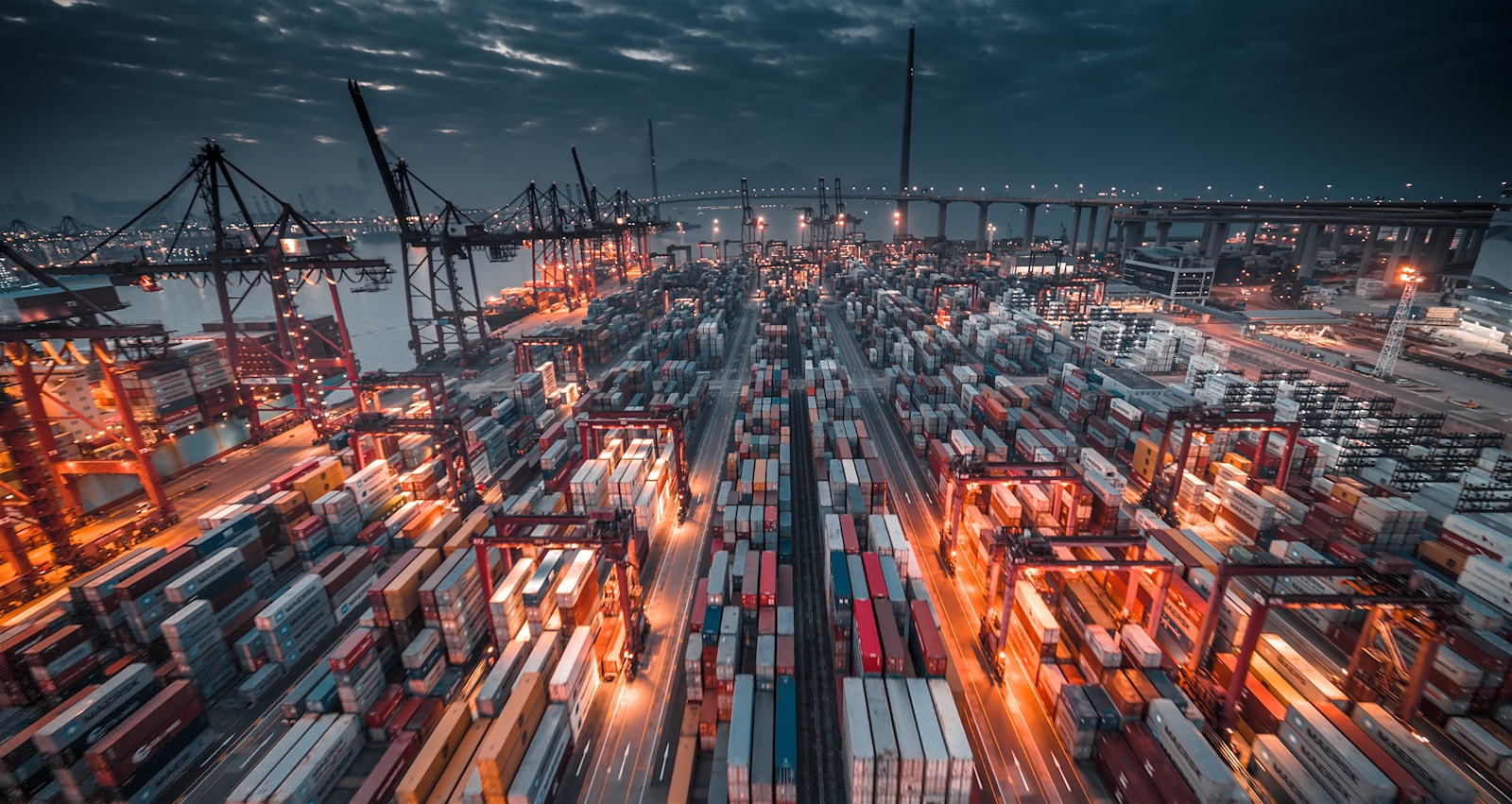
But what if I told you that on every single container you ship, you are likely paying a fortune to transport the one thing you have in infinite supply: empty air?
The truth is, the battle for profitability is not won in the showroom or on the sales floor. It is won in the unseen spaces—in the dark, corrugated steel confines of a 40-foot container. The difference between a thriving import business and a struggling one often comes down to mastering the art of the void. This isn’t just about logistics; it’s about reclaiming control over your costs and, ultimately, your destiny. So, let’s pull back the curtain and illuminate the strategies that can transform your greatest expense into your most powerful competitive advantage.
The Great Debate: FCL vs. LCL – More Than Just Volume
At the heart of every shipment lies the importer’s first and most critical dilemma: Full Container Load (FCL) or Less than Container Load (LCL)? For many, the choice seems simple. Don’t have enough product to fill a whole container? Ship LCL. It feels safer, less of a commitment. But this is one of the most dangerous and costly assumptions in the import game.
LCL, where your goods share container space with others, is a world of a thousand hidden cuts. Your cargo is handled more—loaded into a consolidation warehouse, packed with strangers’ goods, unloaded, and sorted again at the destination. Each touchpoint is a risk for damage, a chance for delay, and a line item on an invoice. The per-cubic-meter rate is always significantly higher than FCL, and the parade of fees (from CFS charges to handling fees) can be relentless.
FCL, on the other hand, is your exclusive vessel. The container is sealed at your supplier’s factory and isn’t opened again until you or your agent breaks that seal. It is faster, safer, and on a per-unit basis, dramatically cheaper. The mental hurdle, of course, is the commitment. Filling a 40-foot container with a high-quality unit, like the robust FF generator 5000W model, can feel like a massive capital outlay. But this is where the math becomes your most trusted ally. We’ve seen importers who made the leap from three LCL shipments a year to two FCL shipments not only slash their per-unit shipping cost by 30-40% but also dramatically reduce damage claims and transit times. The question you must ask is not “Can I afford to ship FCL?” but rather, “Can I afford not to?”
The Art of the Void: Mastering Container Load Optimization
Once you’ve committed to FCL, the real game begins. It’s Tetris on a global scale, where every cubic inch you save is pure profit. This is the art of container load optimization, and it is the single most effective way to reduce freight costs.
It starts before you even sign a purchase order. You need precise, verified dimensions of every unit, including the crating. A supplier who cannot or will not provide this is a major red flag. Proactive partners, like the teams at Generator Manufacturer, understand that their role extends to providing meticulous load planning data. They provide the exact crate dimensions and weight, allowing you to use modern load planning software to digitally stack your container before it’s even packed.
These tools allow you to visualize the load, test different stacking patterns, and identify the “voids”—the pockets of empty air you’re paying to ship across the ocean. Can units be safely “pinwheeled” or nested? Can smaller items be consolidated into the empty spaces between larger ones? Answering these questions can often reveal enough space to fit an extra tier of generators in the container, fundamentally changing your landed cost calculation and giving you an edge no competitor who simply “loads and goes” can match.
The Unsung Hero: Why Smart Palletization is Your Best Insurance
If container optimization is the art, then palletization is the science. A poorly stacked pallet is a recipe for disaster. We’ve all seen the photos: crushed boxes, dented generator housings, and snapped frames. A high-quality build from a brand like FFT Power deserves to arrive pristine, ready for the showroom. Smart palletization is the insurance policy that guarantees your product’s quality survives the journey.
This is more than just stacking boxes on a wooden skid. It’s a meticulous process:
- The Foundation: Using sturdy, heat-treated pallets that won’t break under the immense weight of the generators.
- The Pattern: Employing interlocking stacking patterns that create a stable, solid cube of product, rather than a wobbly tower.
- The Protection: Using corner boards to protect from strap damage, slip sheets between layers to reduce friction, and wrapping the entire pallet tightly in high-gauge shrink wrap.
This level of detail may seem excessive, but it prevents the catastrophic shifting that occurs on the high seas. A well-palletized load is a solid, immovable object. It reduces the risk of damage to near zero and makes the loading and unloading process (devanning) exponentially faster, saving you time and money at the destination warehouse.
The Final Calculation: Reclaiming Your Margin
Every strategy, every choice, comes down to one number: your final, true landed cost per unit. By shifting from the unpredictable world of LCL to the controlled environment of FCL, by mastering container load optimization, and by insisting on smart palletization, you are no longer a victim of the logistics market. You are an active participant, a savvy operator who is strategically eliminating wasted space and unnecessary risk.
Consider the journey. You started with a freight bill that felt like a punch to the gut. But now, you see it for what it is: a puzzle you can solve. By taking control of the unseen spaces, you are taking control of your business. The empty air in that container is the frontier of your profitability, and you now have the map to claim it. Go forth and leave no void unfilled.
